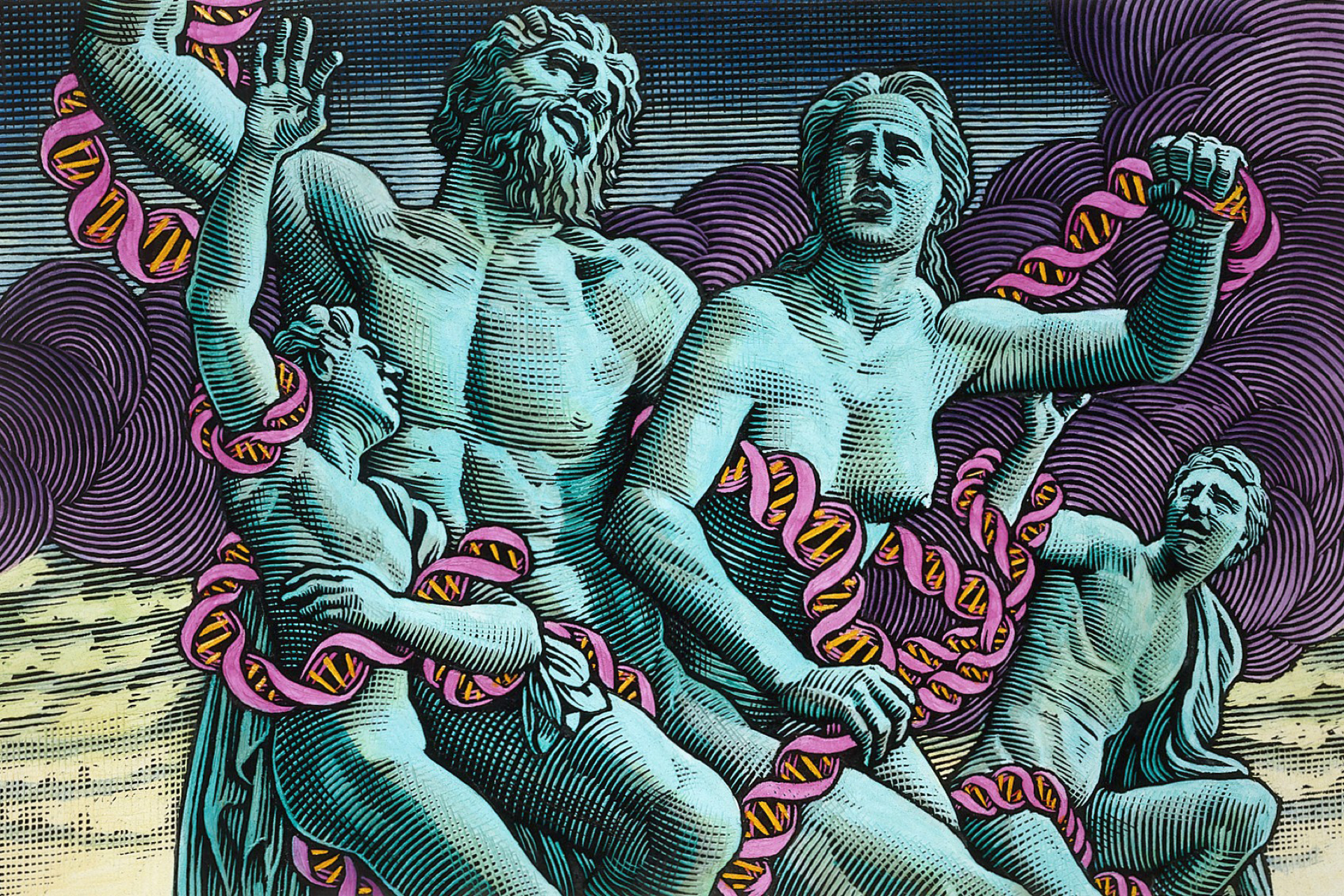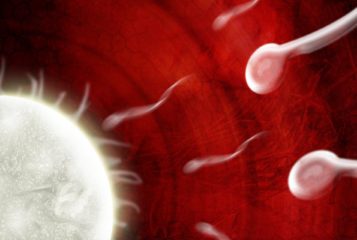The recent report by the Ethics Committee of the American Society for Reproductive Medicine (ASRM) (1), stating that the use of the term 'embryo adoption' is misleading, addresses a question which has been asked since the first successful donation of an embryo. Should treatment with donated embryos be approached as any other assisted reproductive technology (ART), or should it be seen as another form of adoption? Children conceived through embryo donation do resemble adopted children in that they are reared by two parents with whom they have no genetic link. Significantly though, the situations differ in that the recipient mother in embryo donation is also the gestational mother. Due to this biological link, embryo donation and adoption differ from each other legally and psychologically (2).
From a legal perspective, the gestational link means that embryo donation in the UK is treated as sperm or egg donation, where the recipients are the sole legal parents from birth. Donors relinquish all rights on consent to the donation. In contrast, adoption processes are lengthy and complex, with no relinquishment allowed before birth, to protect birth parents from making hasty decisions. Children normally have to be in the placement for a minimum of three months before the adoption is finalised, during which time the birth parents can contest the adoption. No similar procedure would be possible or desirable for embryo donation. Who would agree to carry and give birth to a child conceived using donated embryos with the proviso that consent for adoption was not guaranteed and could be challenged by the genetic parents? An embryo does not have the same legal status as a child and so cannot be 'adopted' in this way.
Psychologically, the biological link affects how parents feel about the process. Through my interviews with embryo donation parents, I found that they viewed the donation as on a par with blood or tissue donation, rather than adoption (3). They were grateful to the donors for their help in conceiving but did not see them as being a continuing part of the child's life. The fact that the mother had carried and fed the child for nine months gestation, and that the father had been present throughout, made the couple feel that they were the true parents to all intents and purposes. To have undergone the intensive preparation procedure of adoptive parents would indeed have seemed to these parents 'not necessary and not appropriate' (1). The adoptive parents I spoke to, in contrast, talked a lot about the birth parents and acknowledged that they were relevant to the child. For adoption, the preparation was mainly seen as useful and educational. It is important to remember that the majority of adoptions in the UK today are of children who 30 years ago would have been considered 'hard-to-place': older children, sibling groups, children with special needs, and children of parents with psychiatric and/or substance abuse problems. The prenatal and pre-placement circumstances of these children increase the probability of later problems in psychological adjustment, and thus adoptive parents may benefit from help and advice in how to provide the optimal parenting environment. No such risks are seen in embryo donation families; the recipient couple control the prenatal environment and rear the child from birth. Therefore, it would be unwarranted to impose the same selection criteria on potential embryo recipients as on prospective adopters.
Less clear are the attitudes of the embryo donors. Certainly those who approach the kinds of 'embryo adoption' agencies mentioned in the ASRM report are likely to consider their embryos as potential children. That, after all, is probably the reason why they choose an agency rather than a clinic donation programme, but they are not necessarily representative of the majority of donors. For example, in a group of Finnish donors, only about a third were willing to register identifying information for the child to access, and less than half felt the child should be told about the conception. This suggests that they did not view the donation as akin to adoption but more like (as one donor put it) donating 'blood or some organ' (4). However, the number of couples willing to donate their remaining embryos (following IVF treatment) to other couples is consistently small. Often couples would prefer to discard their unused embryos rather than donate. Reasons cited for this decision include the perception of the embryos as 'virtual' children (5). It may be that conducting embryo donation more in line with adoption would encourage larger numbers of these couples to donate by treating their embryos in the same way that they perceive them. Nevertheless, what must be also considered is the message that would be sent by arguing for an adoption model of donation. The concern by some is that it could be seen as a move towards elevating embryos to 'personhood' status. Such a shift would have a serious impact on both stem cell research and reproductive choice.
Embryo donation parents do not face the same legal, practical or psychological challenges as do adoptive parents. They have full knowledge and control of their child's care from conception onwards. There is certainly an argument to be had about the justification of the relative unimportance placed by embryo donation parents on the role of the donors in the child's life. It may be that embryo donation offspring, particularly when reaching adolescence or adulthood, do regard the donors as relevant to themselves. Crucially however, this does not imply that donors are equivalent to birth parents, or that embryo donation is the same as adoption. Donating and receiving an embryo is qualitatively different from relinquishing and adopting a child. As the ASRM Ethics Committee has rightly concluded, our approaches to the two procedures should reflect that difference.
Sources and References
-
1) The Ethics Committee of the American Society for Reproductive Medicine (2009). American Society for Reproductive Medicine: Defining embryo donation. Fertility and Sterility, 92, 1818-1819
-
2) Widdows, H. & MacCallum, F. (2002) Disparities in parenting criteria: an exploration of the issues focusing on adoption and embryo donation. Journal of Medical Ethics, 28, 139-142.
-
3) MacCallum, F. (2009) Embryo donation parents' attitudes towards donors: Comparison with adoption. Human Reproduction, 25, 517-523
-
4) Soderstrom-Antilla, V., Foudila, T., Ripatti, U., and Siegberg, R. (2001) Embryo donation: outcome and attitudes among embryo donors and recipients. Human Reproduction, 16, 1120-1128.
-
5) De Lacey, S. (2005) Parent identity and 'virtual' children: why patients discard rather than donate unused embryos. Human Reproduction, 20, 1661-1669





Leave a Reply
You must be logged in to post a comment.